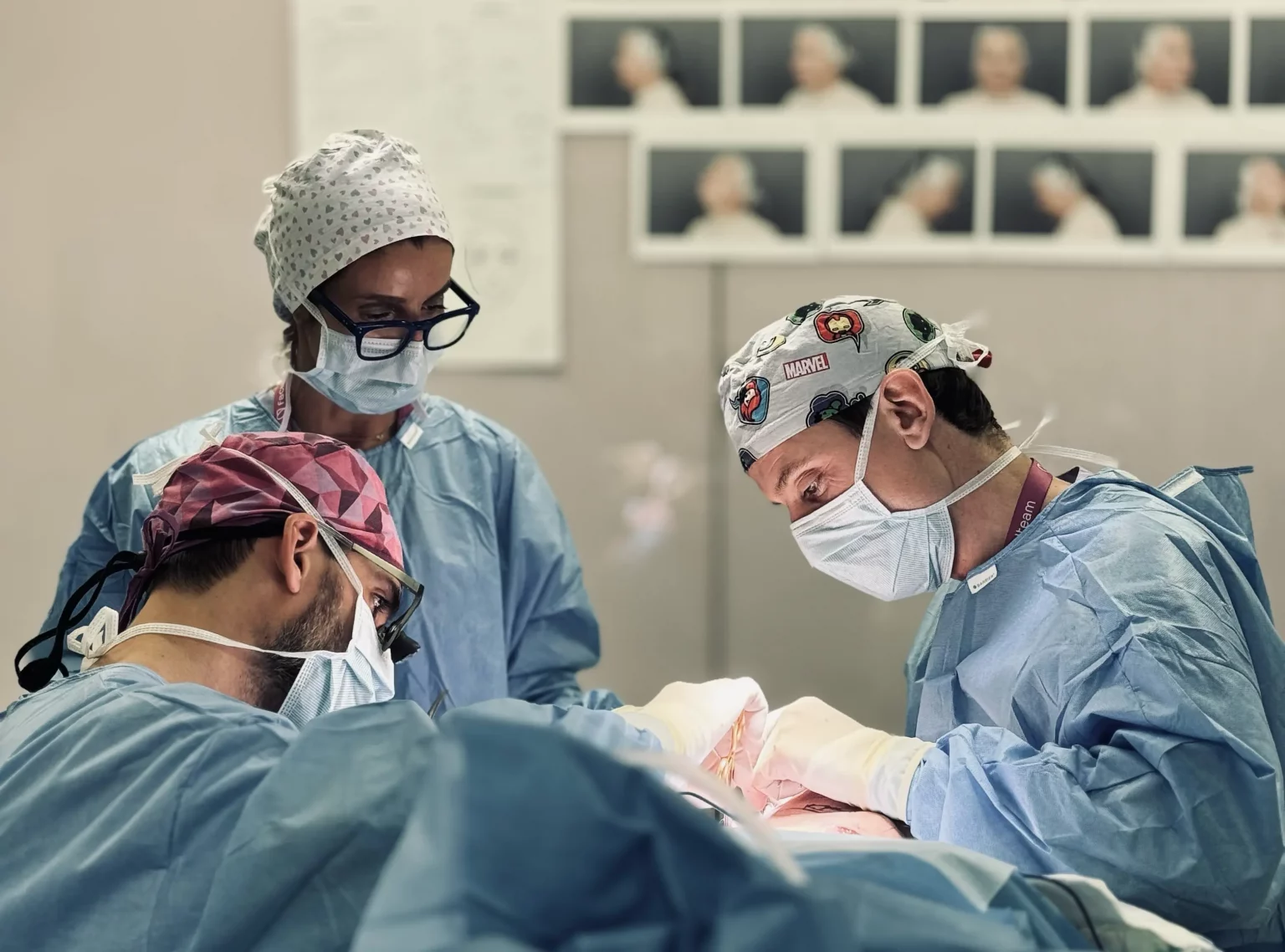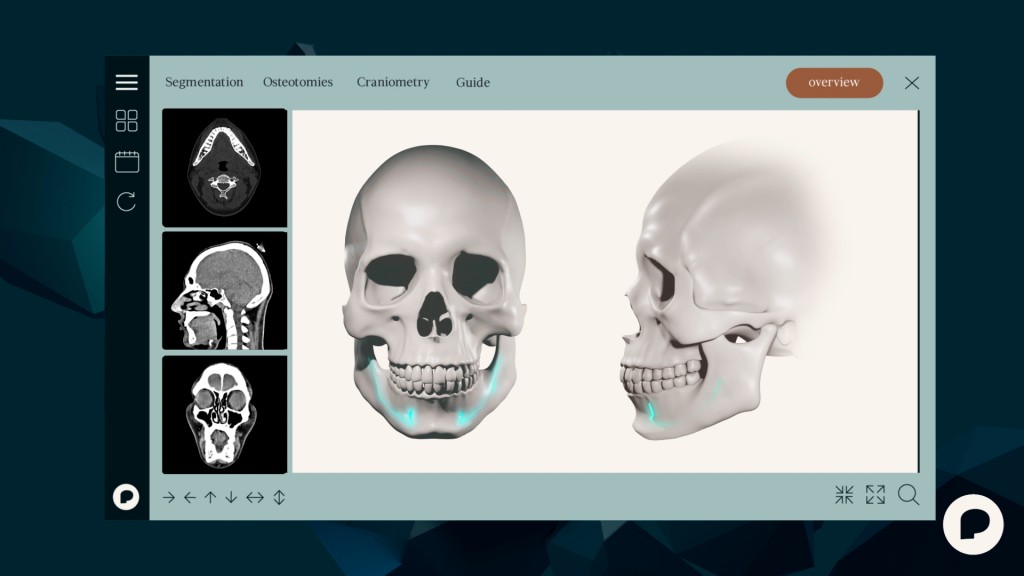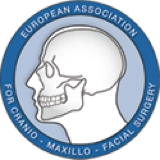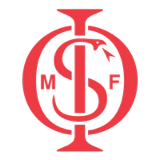
Minimally Invasive Chin Surgery Explained
The Art and Science behind Chin Surgery
The chin region is of vital importance in defining a face. A well-proportioned chin, according to the features of each individual, with an adequate transition with the neck can be key as a unique aesthetic surgery.
During the facial analysis we can find different formats in the chin like the following among others:
- pointed;
- square;
- round;
- long.
As well as alterations in its position:
- deviated;
- retruded;
- protruded;
- etc…
This overall make them candidates for a possible surgical correction. In the past, any bone surgery meant long periods of time off work, due to the great inflammation secondary to wide approaches and the materials used to fix the bone. Nowadays, this has changed and this surgery allows the patient to return to normal activity only 2-3 days after undergoing this intervention. And what is the reason for this change?
Orthognathic or minimally invasive facial bone harmonization surgery is to blame. Through a small approach in the region of the labial mucosa (no more than 1.5cm), the bone is accessed through a minimal detachment of the soft tissues. This allows a faster recovery, as well as a functional normality, since the musculature is hardly altered. The cutting of the bone is guided according to surgical planning, which is translated into three-dimensional cutting guides.
In addition, these guides show us where the screws that will be used to fix the bone will be positioned. The titanium mini-plate used to mobilize the bone and fix it in the new position is already pre-molded to the size we are interested in to optimize the result for each patient and is perfectly adapted to the patient’s anatomy, based on the information obtained in a 3D CT scan. This is why, as everything is already made to measure, we can save a lot of time in the operating room, making this surgery one of the fastest: between 30-40 minutes is enough to perform it.
What type of cutting technique do we use?

Utilizing ultrasonic technology with the aid of the piezoelectric scalpel, all incisions are executed with precision and safety. This advanced method ensures that vital organs remain unharmed, meticulously planned and delineated on our computer systems prior to surgery.
Furthermore, our repertoire encompasses various techniques tailored to individual patient requirements. Among these, the sliding mentoplasty is ideal for vertical chin adjustments, allowing for both shortening and lengthening as needed.
The telescopic mentoplasty is invaluable for refining chin contours, offering a narrower and more refined appearance.
Alternatively, the mini chin-wing technique is employed for profound alterations to the mandibular structure. Each approach is meticulously chosen to achieve optimal results for our patients.
Advocating Surgical Solutions for Chin Defects
We advocate mandibular surgery as the perfect treatment for volume defects in the area.
Depending on the problem, we can choose to perform orthognathic or mandibular recontouring surgery, which aims to mobilize the patient’s own bone, or use custom-made prostheses to correct defects in the sagittal, transverse or vertical plane.
Depending on the objectives of each patient we will choose one type of technique or another:
Recovery
This procedure can be performed under general anesthesia or under local anesthesia and sedation. It does not require hospitalization and can be performed on an outpatient basis. Even if it is performed at the end of the week, it is possible to return to our professional activities at the beginning of the following week.
The post-op is marked by inflammation, since it is not usually a painful surgery. We recommend a soft and warm diet for the first two days, due to the wound inside the mouth, as well as a relative rest. It is necessary to take medication to control pain and avoid possible risk of infection, as well as extreme hygiene measures. The result is visible from the first moments, although it will be necessary to wait a few months to check the final result.
Conclusions
The importance of the chin region in the aesthetic definition of the face is undeniable. Proper proportion and harmony in this area can have a significant impact on an individual’s facial appearance.
The evolution of surgical techniques, especially with the advent of minimally invasive orthognathic surgery has revolutionized the field of chin correction. This approach allows for faster recovery, with significantly reduced time off work, thanks to smaller and more precise approaches, as well as the use of advanced technologies such as the piezoelectric scalpel and 3D surgical planning.
In addition, the variety of techniques available, such as sliding, telescopic and mini chin-wing mentoplasty, offers customized options for each patient. The possibility of performing this intervention on an outpatient basis, without hospital admission, and the rapid return to daily activities are remarkable aspects of this surgery.
However, it is crucial to follow the postoperative recommendations to ensure optimal recovery and obtain satisfactory long-term results. Ultimately, chin correction is not only about improving facial aesthetics, but also about improving patients’ quality of life and confidence.
















